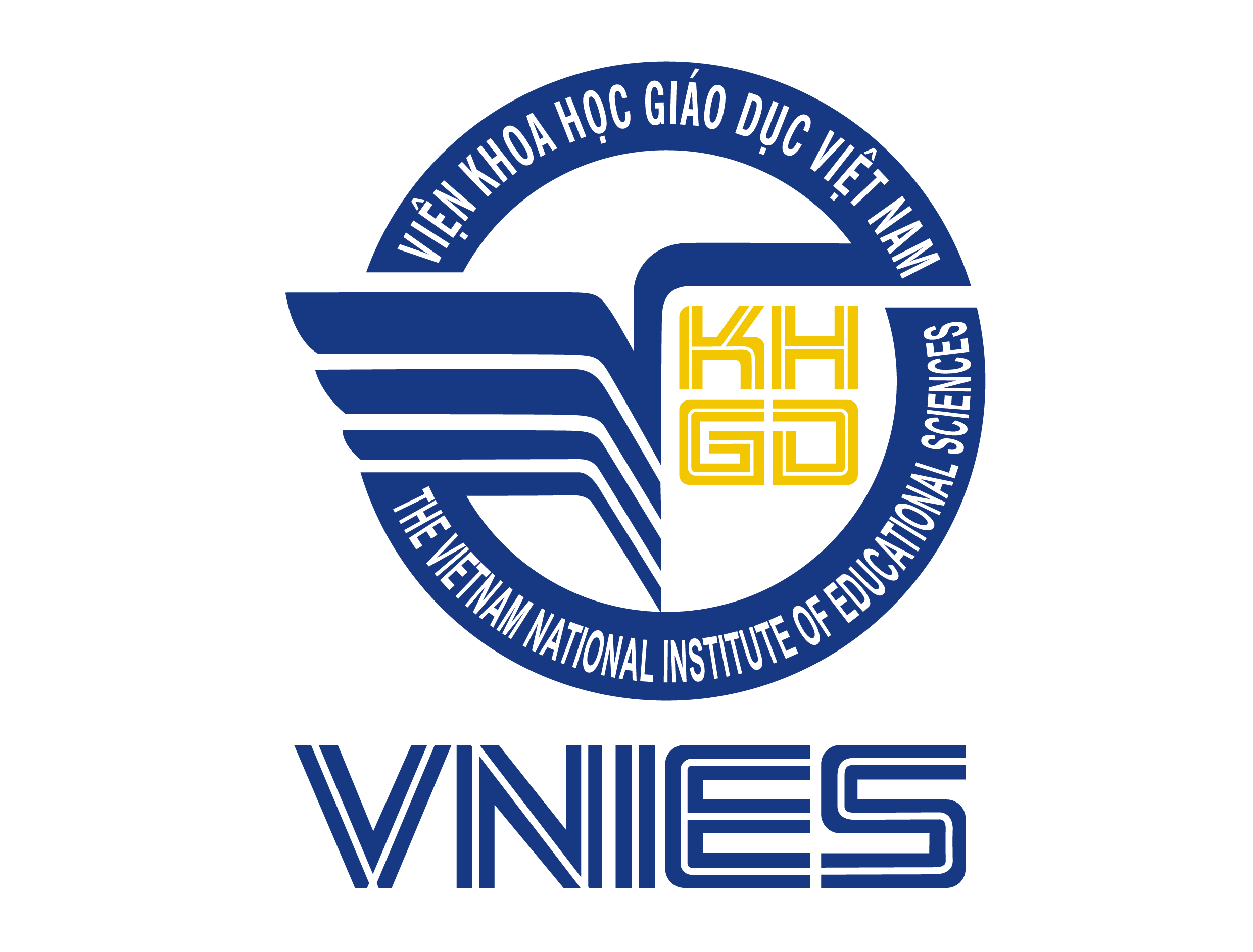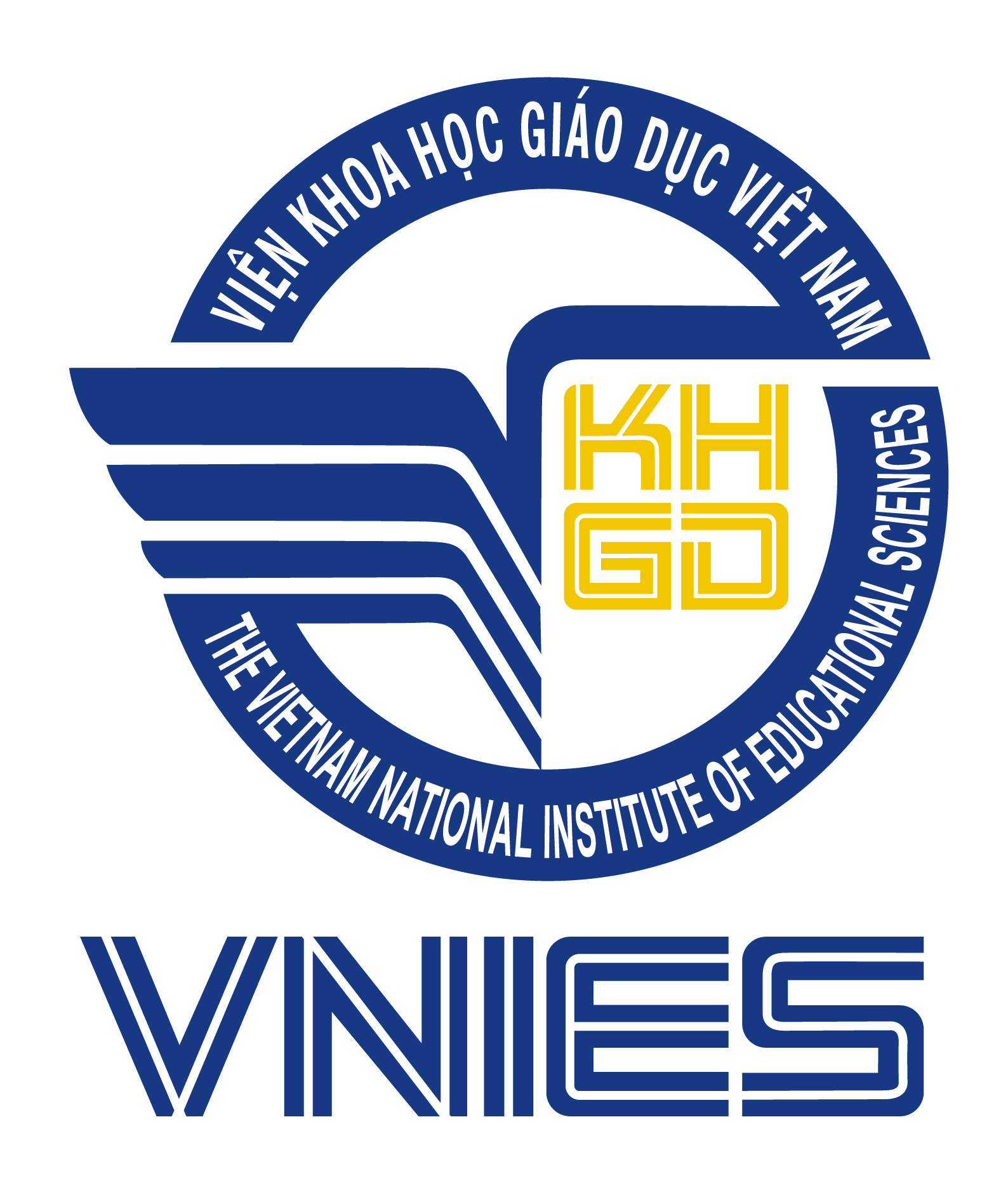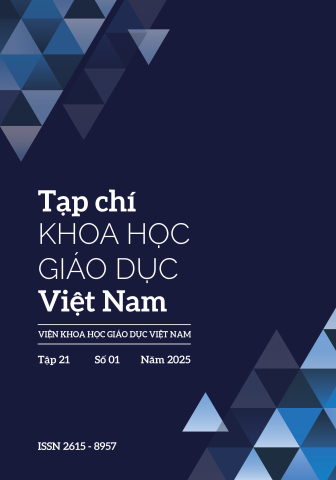[1] Đinh Quang Báo. (2021). Đổi mới mô hình đào tạo giáo viên. Tạp chí Khoa học và Công nghệ, Trường Đại học Hùng Vương, 22(1), 6-54.
[2] Mai Quang Huy. (2014). Những thay đổi trong đào tạo giáo viên tại Nhật Bản. Tạp chí Khoa học, Đại học Quốc gia Hà Nội, 30(1), 43-51.
[3] Nguyễn Đình Chỉnh. (1997). Thực tập sư phạm: Tài liệu hướng dẫn cho cán bộ giảng dạy, sinh viên các trường đại học sư phạm và cao đẳng sư phạm, giáo viên phổ thông trung học, phổ thông trung học cơ sở về thực tập theo phương thức gửi thẳng. NXB Giáo dục Hà Nội.
[4] Nguyễn Thị Quỳnh Hoa, Đào Thị Thu Thủy & Nguyễn Thị Huyền. (2024). Kết nối các dịch vụ can thiệp sớm trẻ rối loạn phổ tự kỉ tại các cơ sở thực hành thực tập ngành Giáo dục đặc biệt Trường Đại học Thủ Đô Hà Nội. Tạp chí Khoa học, Trường Đại học Sư phạm Thành phố Hồ Chí Minh, ISSN 2734-9918.
[5] Vũ Thị Sơn. (2012). Từ mô hình trường phổ thông liên kết phát triển nghề đến nhận thức mới về vai trò của trường thực hành trong đào tạo giáo viên. Trong Kỉ yếu hội thảo “Tập huấn quốc gia về phát triển kĩ năng nghề nghiệp cho sinh viên sư phạm qua hệ thống trường thực hành” (tr.247-256). NXB Giáo dục Việt Nam.


